Explore the dynamic climate of Scandinavia, where surprising mildness in winter contrasts with its northerly latitude. Shaped by ocean currents, diverse geography, and unexpected summer warmth, this is the weather in Scandinavia.
The climate of northern Europe, particularly Scandinavia, is renowned for its perceived chill, yet the temperatures often defy expectations.
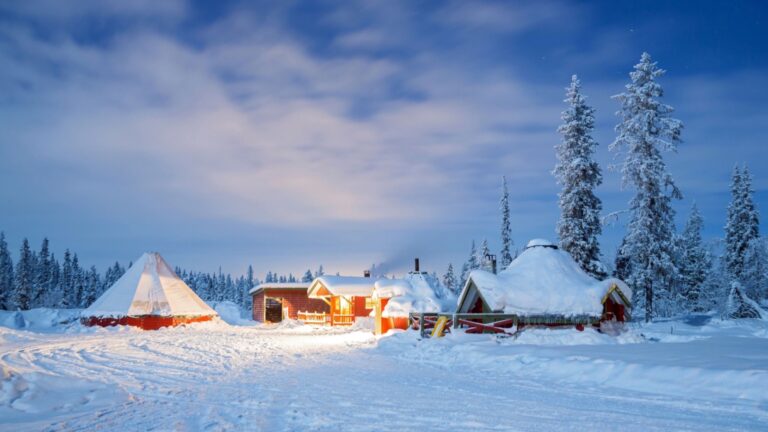
Contrary to the icy landscapes depicted in popular media, Scandinavia offers a climate marked by variety and unexpected mildness, even during colder months.
From snow-covered fjords to vibrant coastal towns, the region showcases a surprising diversity of weather patterns shaped by a blend of geography and oceanic influences.
Given the region’s northern latitude, one might expect relentless cold throughout the year. While snow blankets much of the area in winter, the cold is often not as severe as imagined, particularly along the coastlines where the Gulf Stream exerts a moderating effect.
With its mix of dramatic seasons and microclimates, Scandinavia’s weather is as intriguing as its landscapes. Let’s explore the factors that create this unique climatic profile.
The Role of Geography and the Gulf Stream
Scandinavia’s weather is shaped by several key influences, with the Gulf Stream being the most significant.
This powerful Atlantic Ocean current carries warm waters northward, tempering the region’s temperatures and creating conditions far milder than its latitude suggests.
Without it, Norway’s climate would resemble that of Siberia or northern Canada at similar latitudes, marked by much colder and harsher winters.
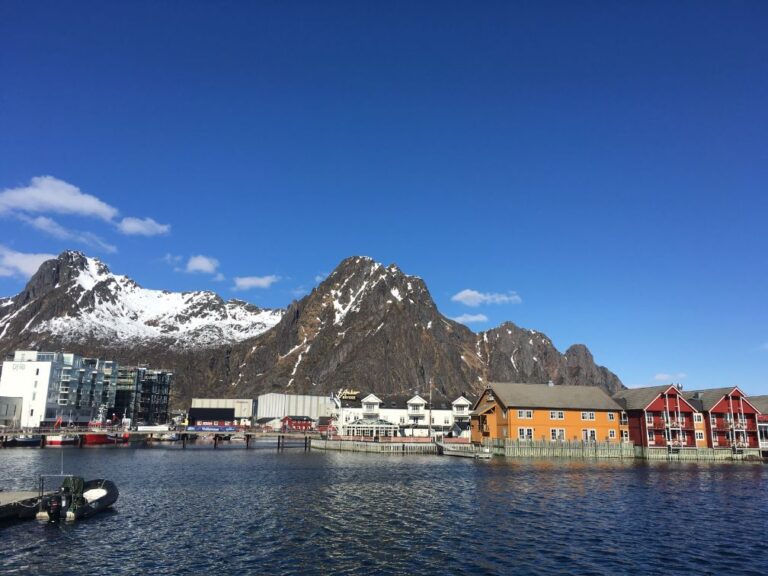
Norway’s rugged coastline benefits significantly from the Gulf Stream, with even Arctic areas like Tromsø experiencing relatively mild winters compared to other locations at the same latitude.
Meanwhile, inland regions and areas far from the ocean, such as central Sweden or northern Finland, endure much harsher winters due to the lack of this maritime influence. These areas often see prolonged periods of subzero temperatures, heavy snowfall, and frost.
Adding to this complexity is the region’s varied topography. Denmark’s flat farmlands create relatively uniform weather, while Norway’s dramatic fjords and mountain ranges produce microclimates that can differ drastically over short distances.
For example, coastal Norway remains relatively snow-free in many areas due to the warm ocean currents, whereas inland valleys are often snowbound for months. This intricate interplay of geography and ocean currents makes Scandinavia a fascinating study in climatic diversity.
Winter in Scandinavia: Myths vs. Reality
Scandinavian winters are often misunderstood, with many envisioning an unrelenting Arctic freeze. However, the reality is far more nuanced, shaped by geography, ocean currents, and regional variations.
How Cold Does It Get?
Winter weather and temperatures vary widely across Scandinavia. The distance between Denmark’s cycle paths and Arctic Norway’s ski trails is immense, both geographically and climatically.
Take Oslo, Norway’s capital, as an example:
- The coldest month, January, averages -3°C (27°F).
- Inland areas, such as Røros or Karasjok, regularly see winter temperatures drop below -30°C (-22°F).
The Danish winter is more temperate, but frost and snow are still to be expected. January and February are the coldest months, with temperatures averaging around 0°C (32°F). I'll talk more about the coldest parts of Scandinavia a little later.
The Snow Blanket
Snowfall is a defining feature of Scandinavian winters, especially in Sweden and Norway. Coastal areas, however, experience less snow due to maritime influences.
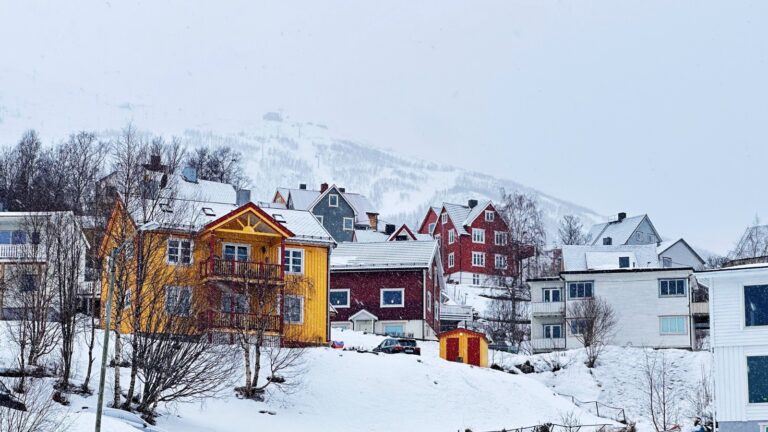
For instance, the Lofoten Islands in Norway have mild winters despite their Arctic Circle location, thanks to the Gulf Stream. Average winter temperatures in Lofoten typically hover around 0°C (32°F), which is significantly warmer than other Arctic regions at the same latitude.
If snow is what you want, head to inland Norway or northern Sweden between December and March for the most reliable conditions.
The Dark Season
The long, dark winters—especially in northern Scandinavia—are infamous. In the Arctic regions, the sun doesn’t rise for weeks during the polar night, which lasts for about six weeks in Tromsø.
However, this period offers its own magic, with the Northern Lights illuminating the skies. While it isn't completely dark, the absence of sunlight means temperatures will be low.
If you're visiting during the polar night, especially if you're out on a northern lights hunt, expect cold temperatures and wrap up warm.
The Coldest Parts of Scandinavia
While we're on the topic of winters, let’s delve deeper into the conditions that make some parts of Scandinavia especially cold.
From the rugged interiors of Norway to the Arctic reaches of Sweden and Finland, winter paints a vivid picture of extreme conditions shaped by geography and climate dynamics. These regions often experience prolonged freezing temperatures, heavy snowfall, and a stark contrast to the relatively milder coastal areas.
In Norway, the area around Røros near the Swedish border and the inland parts of Finnmark, such as Kautokeino and Karasjok, are typically the coldest regions.
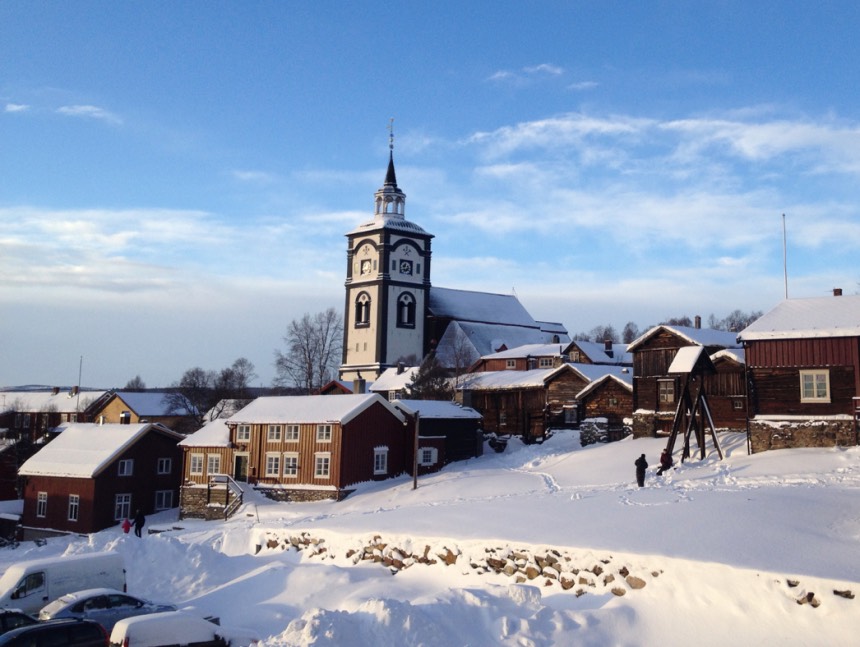
Temperatures in these areas can plummet below -30°C (-22°F) multiple times each winter, often remaining below freezing for weeks or even months.
Sweden’s coldest temperature ever recorded dipped below -50°C (-58°F), although such extreme lows have not occurred since the early 2000s and only in the remote Arctic region.
More commonly, northern Sweden experiences cold days of around -20°C (-4°F), while urban centres rarely see temperatures drop below -10°C (14°F) during winter.
Denmark’s flat terrain results in a more uniform climate across the country. The nation’s lowest recorded temperature, “only” -31.2°C (-24.2°F), occurred in Hørsted in the north-west in January 1982. Winters in Denmark are generally less harsh, though frost and snow are still common occurrences.
Summer Surprises: Scandinavia in Bloom
While winters may dominate perceptions of Scandinavia, the summer months bring unexpected warmth and vibrancy. Temperatures in July often range between 15°C and 25°C (59°F to 77°F), occasionally soaring to 30°C (86°F).
Midnight Sun Magic
In northern Scandinavia, the summer sun doesn’t set for weeks, creating the phenomenon known as the midnight sun.
Landmarks such as the North Cape are popular places to gather to “see” the sun at midnight, although, of course, you should not look directly at the sun to avoid damaging your eyes.
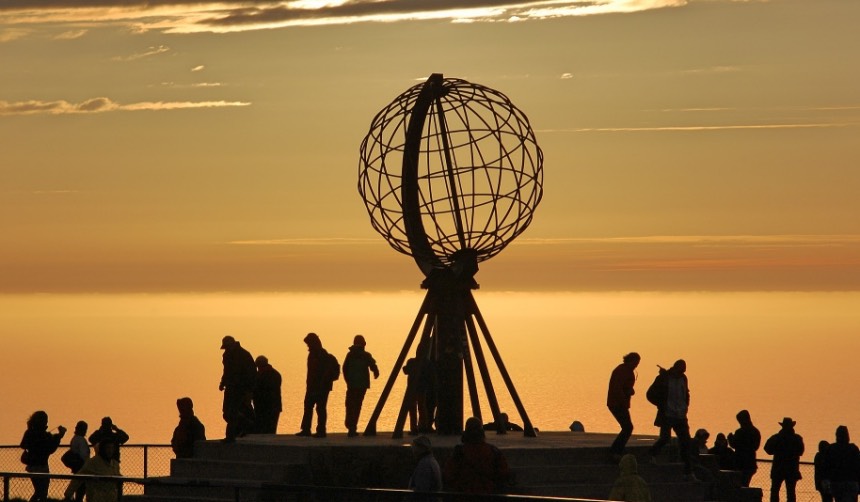
This extended daylight transforms the region, allowing endless outdoor adventures and giving you many flexible options for your daily schedule.
Whether it's hiking through the lush, green forests of Finland or fishing in the crystal-clear waters of a Norwegian fjord, the extended days allow tourists and locals alike to enjoy an extended play of light and nature.
A Time for Festivals
Scandinavians embrace the warmth with cultural celebrations like Sweden’s Midsummer festival and Denmark’s music festivals.
The landscapes burst into life, with wildflowers blooming across meadows and forests. Just as an example, check out this list of what's on in Oslo to get a feel for the summer schedule.
Unpredictable Weather
However, while summer brings a lot of light, it doesn't always bring nice weather! Summer can also bring sudden rain and cooler days, particularly in coastal areas.
The weather can swiftly change to cool and rainy conditions, particularly in coastal areas influenced by the North Sea and the Atlantic Ocean. These changes not only affect outdoor plans but also the flora and fauna of the region, which have adapted to such swift shifts in the weather.
Despite the challenges posed by its variable climate, summer in Scandinavia remains a highly attractive season for its vibrant landscapes, cultural richness, and the endless possibilities for adventure and relaxation that the extended daylight hours bring.
Climate Change and Scandinavia
The stability of Scandinavia’s climate is increasingly under threat. Rising global temperatures and shifting weather patterns have begun to alter traditional seasonal norms.
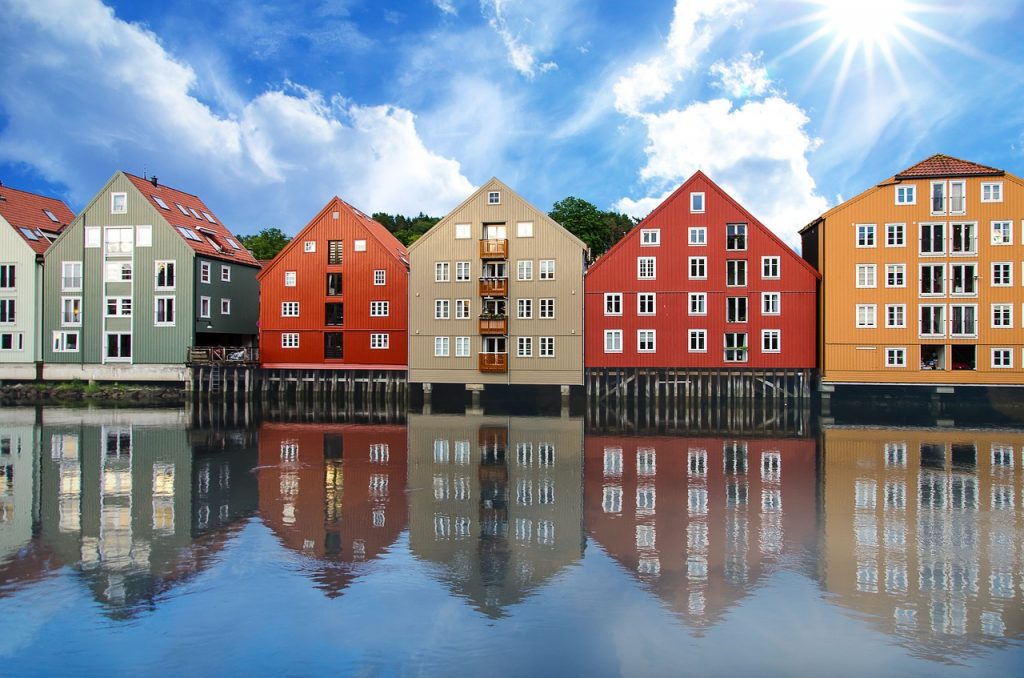
For example:
- Warmer winters mean less snow in lowland areas, threatening winter sports industries and altering natural habitats that depend on consistent snowfall.
- Heatwaves are becoming more frequent during summers, challenging infrastructure, straining water resources, and putting vulnerable populations at risk.
- The Gulf Stream’s flow is slowing due to melting Arctic ice, which could have drastic consequences for Scandinavia’s mild climate, potentially leading to harsher winters and shorter growing seasons.
- Increased rainfall during summer and autumn has led to a higher frequency of landslides in regions like western Norway, disrupting transportation and endangering communities.
These changes are prompting governments and communities to adapt, with investments in renewable energy, enhanced flood management systems, and climate-resilient infrastructure becoming priorities.
Local initiatives are also focused on preserving ecosystems that are particularly sensitive to climate shifts, ensuring long-term sustainability for both people and nature.
Planning Your Visit to Scandinavia
When planning a trip, understanding the region’s climatic quirks is essential:
Winter Trips: Embrace the snow with skiing or Northern Lights tours. Inland areas can get extremely cold, so pack thermal clothing, sturdy boots, and insulated accessories.
Coastal regions may be milder, but wet conditions can add to the chill. Consider guided tours for outdoor activities to stay safe and make the most of your experience.
Summer Adventures: Enjoy hiking, fishing, and festivals under the midnight sun. Carry waterproofs and dress in layers to adapt to sudden rain or cooler days, especially in coastal and northern areas.
Plan ahead for popular attractions and events, as the summer season sees a surge in visitors.
Year-Round: Scandinavia offers unique experiences in every season. In spring, watch as the landscapes come alive with blooming flowers and rushing waterfalls from the snowmelt.
Autumn brings a kaleidoscope of colours to the forests, making it perfect for scenic drives and hiking. Even the transitional months can surprise with calm weather and fewer crowds, giving visitors a chance to enjoy the natural beauty in peace.
No matter the season, Scandinavia’s weather will surprise and delight, offering a unique backdrop for unforgettable experiences.



Does windchill get discussed or is that more of an american idea? Being from Minnesota, windchill is a big deal in January/February. It drives our temps down so it “feels” like -30°f.
Yes indeed, both of the major forecasting apps have a “feels like” temperature in addition to the actual one. It makes such a difference in the winter!